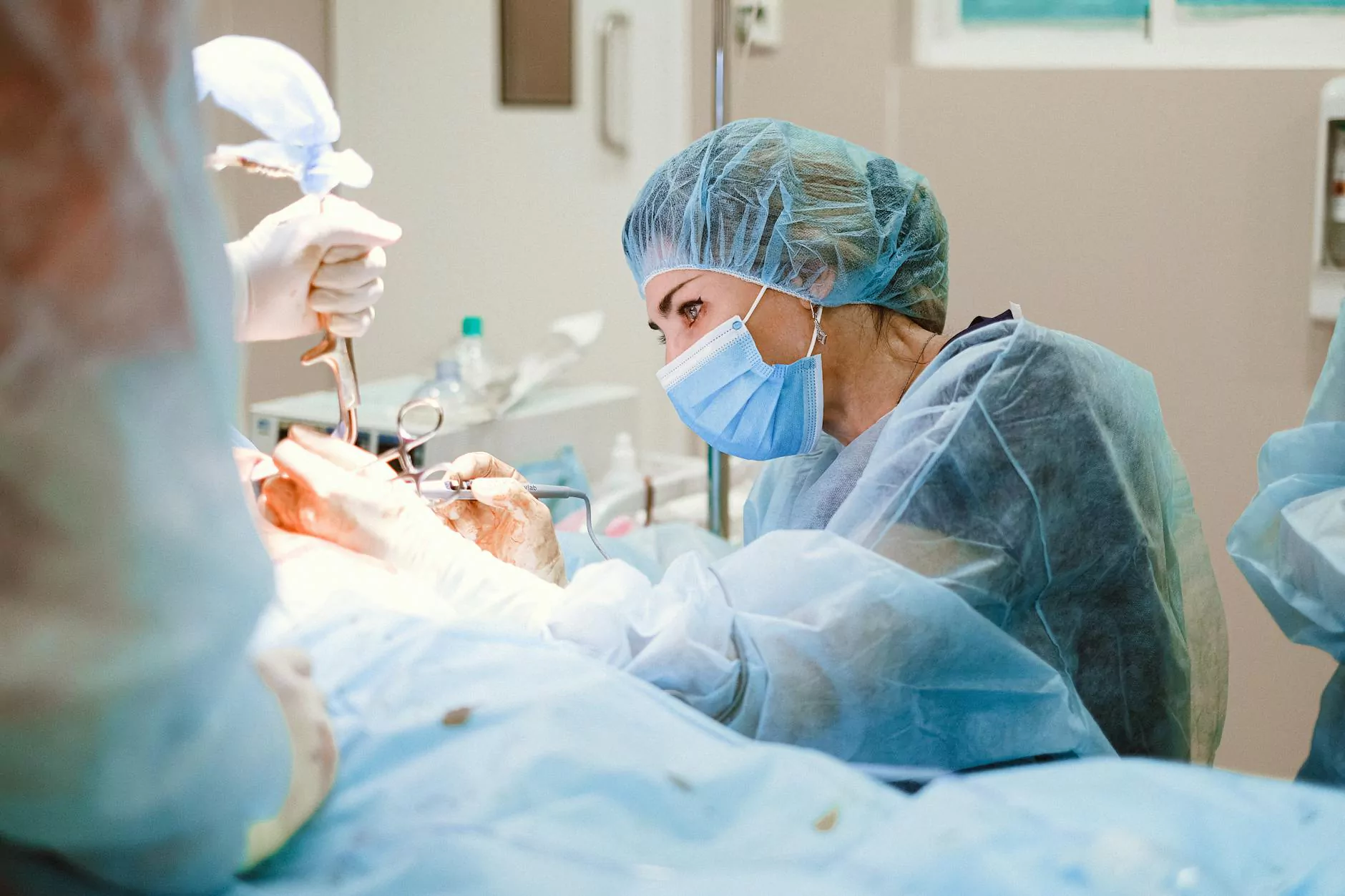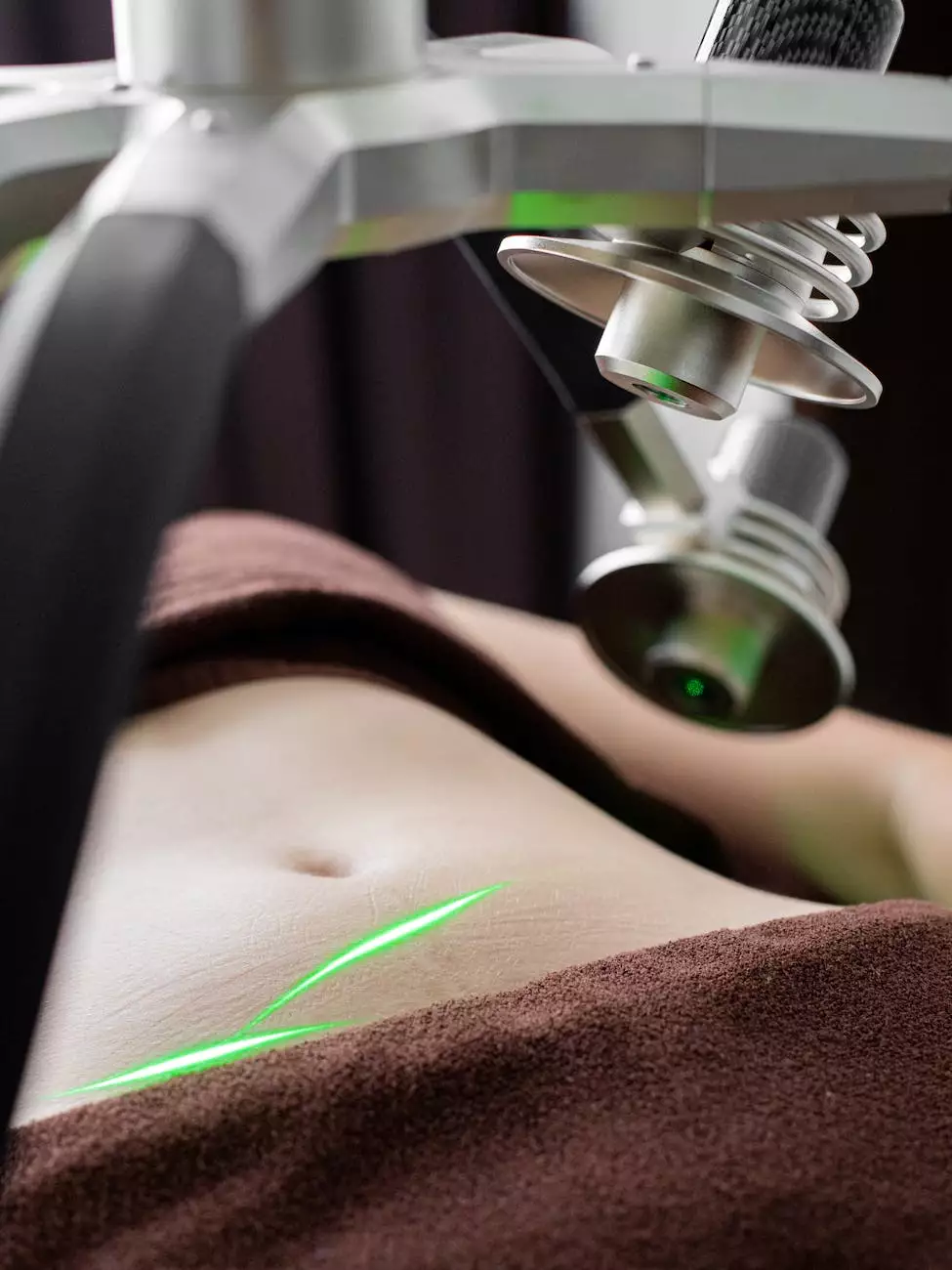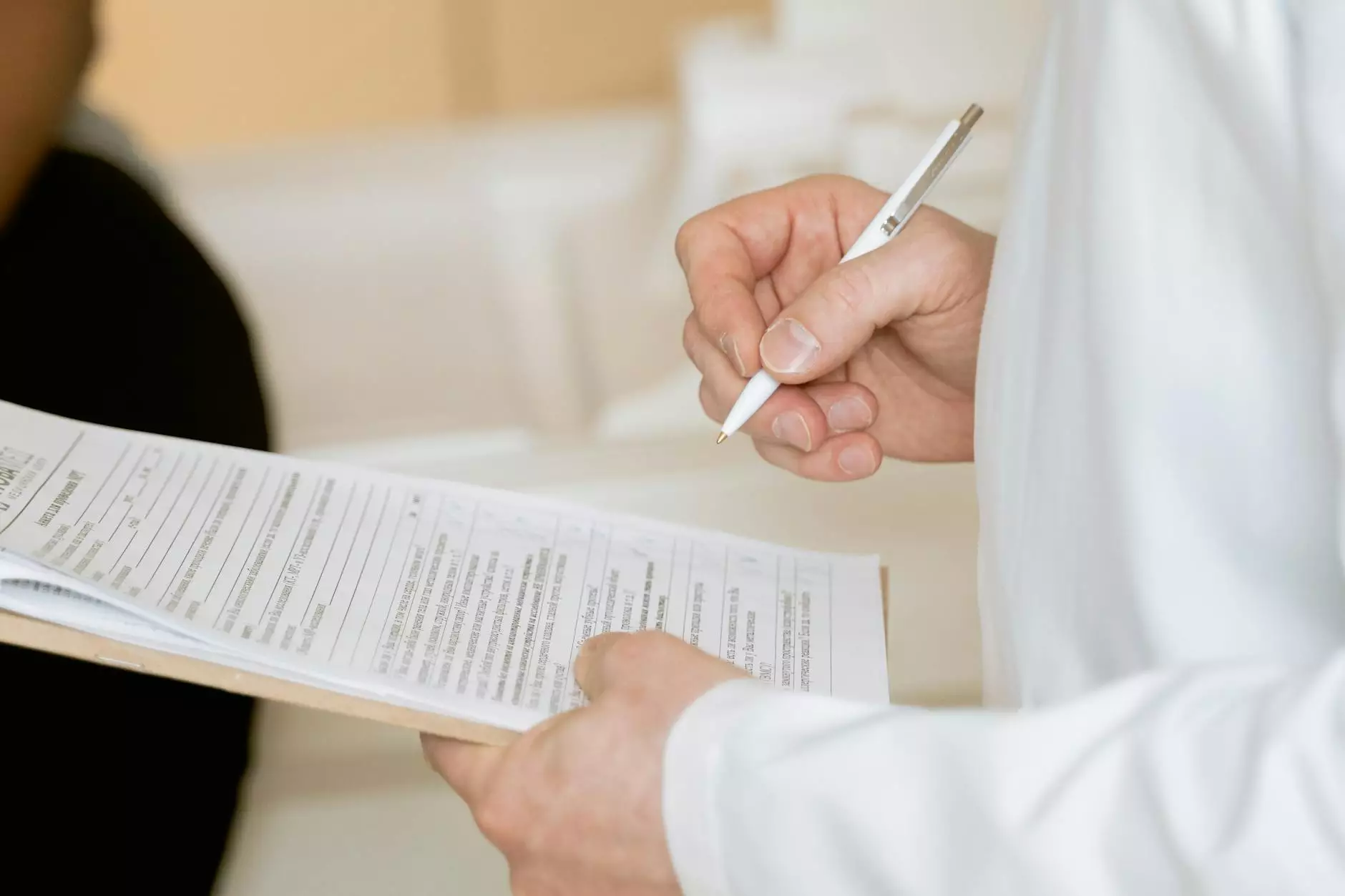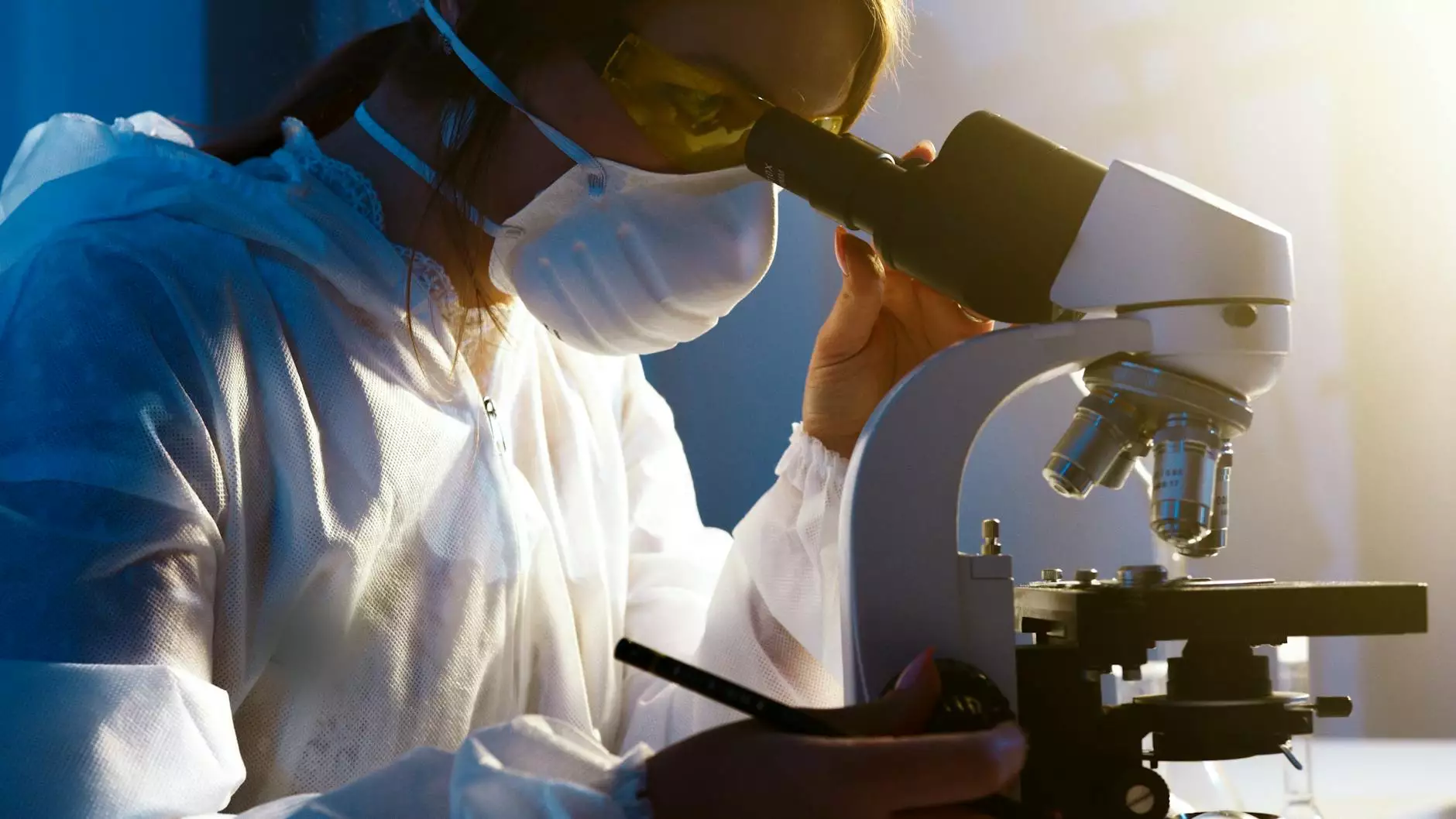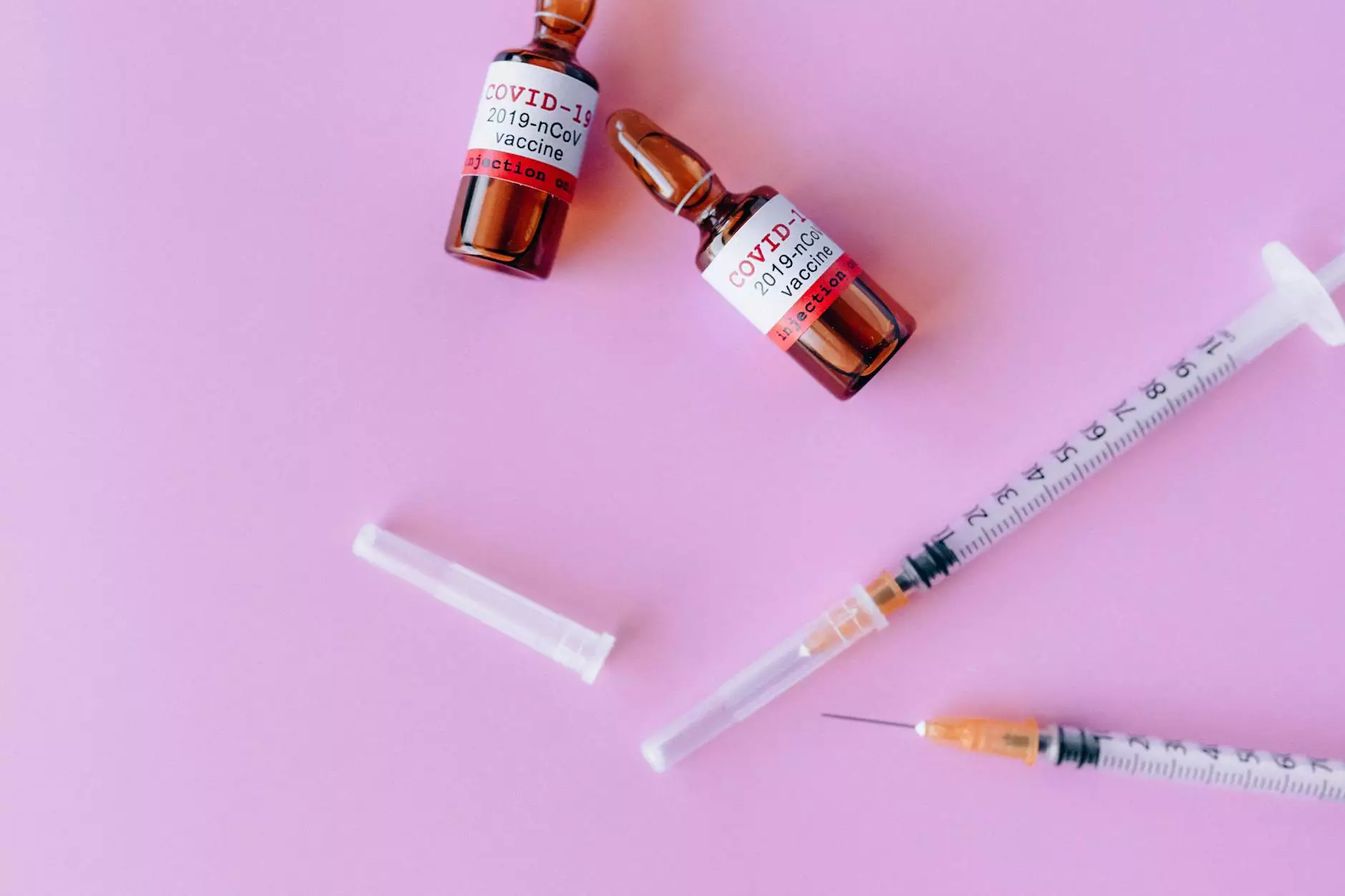Upper GI Endoscopy - Health Library

Overview
Thank you for visiting the Health Library of Furstenberg Michael Dr, your go-to source for comprehensive information on Upper GI Endoscopy. Our dedicated team is committed to providing the highest quality dental services and ensuring your overall health and well-being.
What is Upper GI Endoscopy?
Upper gastrointestinal (GI) endoscopy, also known as esophagogastroduodenoscopy (EGD), is a diagnostic procedure that allows our experienced professionals to examine the lining of the upper part of your digestive tract. This includes the esophagus, stomach, and duodenum (the first part of the small intestine).
Uses and Benefits
Upper GI endoscopy is commonly used to evaluate symptoms such as persistent heartburn, abdominal pain, difficulty swallowing, unexplained weight loss, or gastrointestinal bleeding. It is also performed to screen for conditions like gastric ulcers, hiatal hernias, gastritis, or even esophageal cancer.
The benefits of Upper GI endoscopy are manifold. It allows our expert team to visually inspect the upper GI tract, identify any abnormalities, take biopsies if required, and facilitate the diagnosis of various gastrointestinal conditions. Early detection through this procedure can significantly improve treatment outcomes and prevent further complications.
The Upper GI Endoscopy Procedure
Before the procedure, our team will provide you with specific instructions to prepare for Upper GI endoscopy. This usually involves fasting for a certain time period and avoiding certain medications. Our caring staff will ensure your comfort and answer any questions you may have before the procedure begins.
During the procedure, you will be given a sedative to help you relax and minimize any discomfort. Our highly skilled gastroenterologist will gently insert a thin, flexible tube called an endoscope into your mouth and guide it down to your stomach and duodenum. The endoscope contains a light and a camera that transmits images to a monitor, allowing our expert to carefully examine the inner linings of your upper GI tract.
If necessary, our team may take small samples of tissue (biopsies) for further analysis. These samples will be sent to a laboratory for examination. The entire procedure usually takes around 15-30 minutes, depending on the complexity of your case.
Recovery and Aftercare
After the procedure, you will be taken to a recovery area where you will be monitored until the sedative wears off. You may experience some bloating, gas, or a sore throat, which should typically subside within a few hours.
It is important to arrange for someone to drive you home after the procedure, as the sedative can temporarily impair your coordination and judgment. Our team will provide you with specific post-procedure instructions, including dietary recommendations and when you can resume regular activities.
Conclusion
We hope this comprehensive information about Upper GI Endoscopy has been helpful in understanding the procedure, its uses, benefits, and the recovery process. At Furstenberg Michael Dr, we are committed to providing exceptional dental care and supporting your overall health. Trust our experienced team to deliver the highest quality dental services while prioritizing your well-being.

